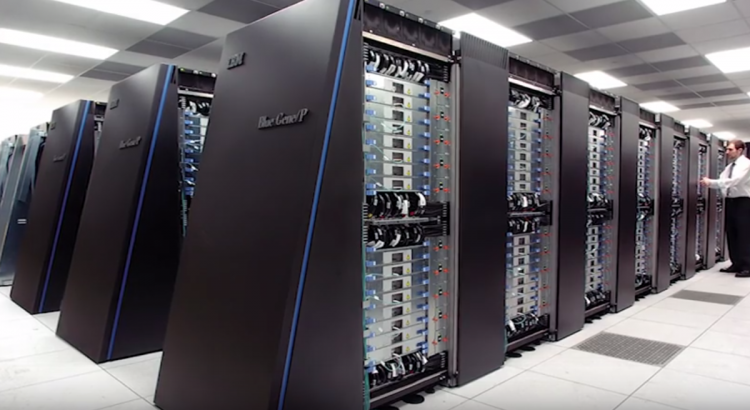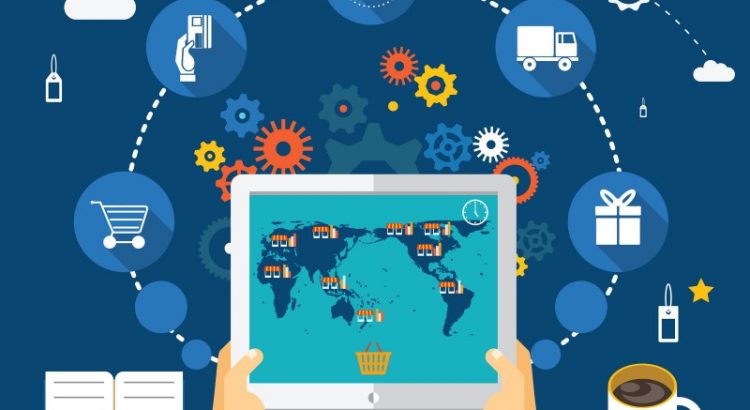Blog provided by Rack Alley
Depending on who you ask, you might get a variety of opinions about security in cloud computing. Some people will say it makes you vulnerable to hacking, while others will say that you have nothing to worry about. The question remains: what is the truth about the cloud’s security, and how does this affect cloud hosting services?
Like all hosting services, cloud hosting’s security is not infallible. There may be occasions where cloud hosting services deal with security issues such as DDoS attacks and malware, which are no different from what other types of hosting services usually face. But cloud hosting has developed a comprehensive, dedicated set of security tools to keep up with the industry’s demands. In fact, Quentin Hardy, former deputy technological editor for the New York Times, even argued that data in the cloud is even more secure than other types of stored data, because cloud computing is usually managed and monitored by trained experts in data centers.
Many cloud hosting services make use of techniques such as encryption, firewalls, multi-factor authentication, and other security measures designed for the safety of their client’s data. According to InfoWorld’s David Linthicum, cloud providers have been spending as much as 75 percent of their R&D budget on obtaining proper security.
Investing in your security has become the general trend among companies in the cloud industry. However, not every company is going to give you the same amount of effort in this area. It is still important to make sure you choose a cloud hosting company with the right amount of security for your needs.
Rack Alley is one cloud hosting provider with robust security services. Their Los Angeles Data Center is staffed with experts who will keep your data safe and secure.




